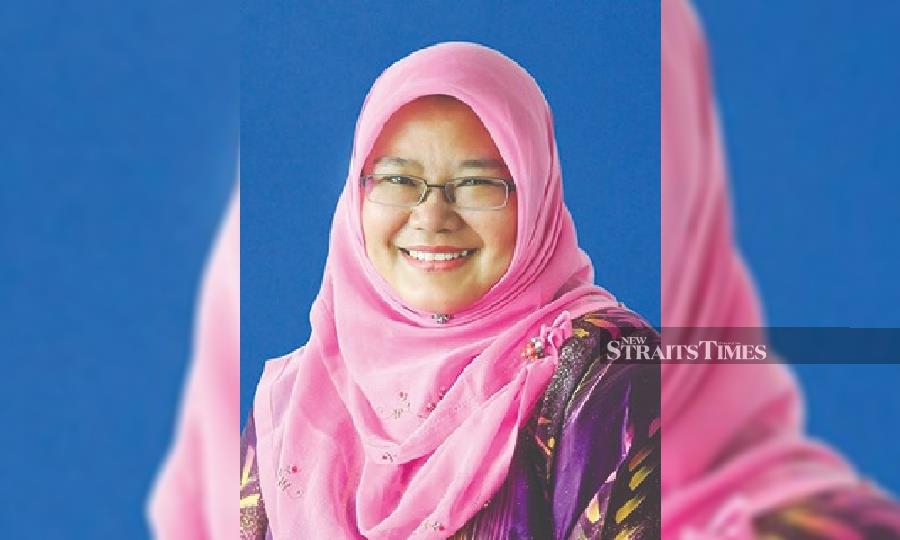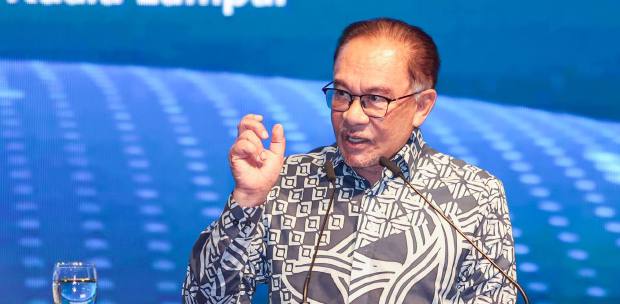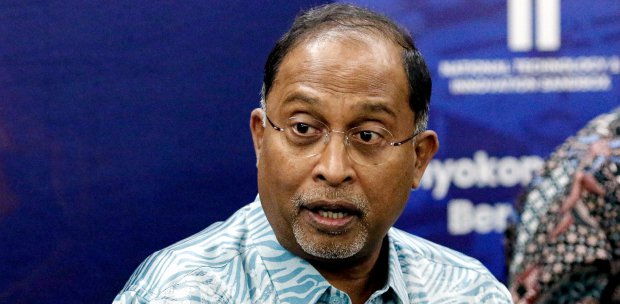Universiti Malaya (UM) and Clarivate Analytics, a global information services and analytics company, have released a joint report entitled 'The influence of strategic programmes on Universiti Malaya's research and innovation footprint'.
The report aims to provide insights on UM's policies and strategies, which contributed significantly to its current research performance and global visibility.
The report assesses the impact that the UM's High Impact Research (HIR) programme launched in 2010 and related government strategic plans have on driving research excellence and improving UM's global standings over three periods – 2007 to 2010, 2011 to 2014, and 2015 to 2018.
The university's research and innovation footprint was mapped out around five aspects: productivity, quality, impact, performance and collaborations.
Among the key findings of the report was that high quality research output fuels research impact and performance. One of the objectives of UM's HIR programme is to fully focus on increasing the number of papers published in Quartile 1 quality journals indexed in the Web of Science.
The big increase in output of Q1 journal papers drove UM's improvements in research impact (measured by the Category Normalised Citation Index), and performance (percentage of papers in top one per cent and top 10 per cent of papers based on citations) from 2011 to 2014.
Having initiated the programme in 2010, former UM vice-chancellor Tan Sri Dr Ghauth Jasmon said: "The report findings prove the decision to insist on publishing in the Web of Science Q1 journals and none other, though controversial at the time, was the right one.
"The significant increase in high volume and high-quality research drove the dramatic improvement of UM research impact and performance over a short period of time.
"We urge lessons to be drawn from these findings to inform future research agenda and strategies as these would contribute significantly to developing new national economic models and achieving the coveted developed country status."
The strategic and strong collaboration aspects of the programme are also key in driving economic and societal impact, according to the report.
These include the Malaysian Elders Longitudinal Research (MELoR), a project that spanned across nine faculties and has encouraged issues and needs to be addressed across society. Spin-off companies like BioApps Sdn Bhd and UMCH Technology Sdn Bhd have also addressed key societal needs and generated significant revenue streams for the university.
The HIR programme has continued to shape the culture of research excellence among UM faculties long after it concluded. The sustained high volume and high impact research publications after 2015 alluded to this newly formed culture of excellence.
UM deputy vice-chancellor (research and innovation) Professor Dr Noorsaadah Abd Rahman said: "The HIR programme has managed to enhance the research culture in UM and strengthen the pursuit of research excellence through publication of research output in high impact journals.

"Through the programme, researchers in UM magnified the scope of their research to be more impactful and expanded their horizon to work with the best researchers globally, doing exciting and impactful research that would benefit Malaysia and beyond."
She added that lessons could be drawn from these findings to inform future research agenda, strategies and plans to further cement UM's leading research and innovation position.

Clarivate Analytics vice-president and South and Southeast Asia head Arvind Pachhapur said: "We are pleased to work with UM to help it better measure, target and expand the capability of research and innovation efforts. We will continue to work proactively with the research network in Malaysia and rest of Southeast Asia to drive world-class research and innovation."





